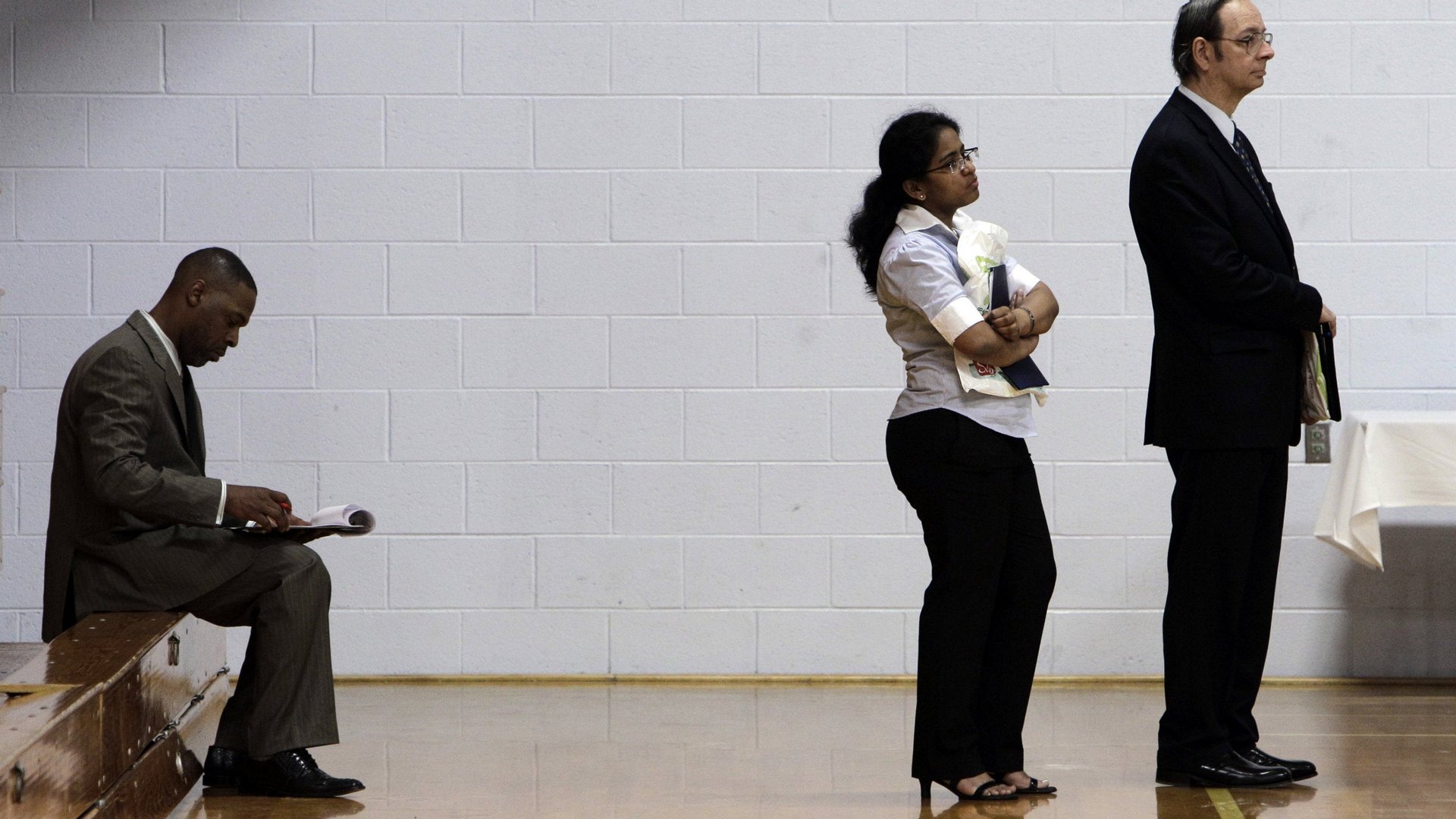Resumes and transcripts have become obsolete
This originally appeared on LinkedIn. You can follow Jeff Selingo here.


This originally appeared on LinkedIn. You can follow Jeff Selingo here.
They are often the keys to opening the door to that first job after college or the coveted acceptance to graduate school: your college transcript, the diploma you get at graduation, and the resume that tells where you stopped along the way and what you did while you were there.
But in our hyper-connected, visual, and three-dimensional world, where we leave digital footprints nearly everywhere we go, these flat documents are inadequate for measuring the 21st century skills employers are increasingly demanding from today’s college graduates: written and oral communication skills, managing multiple priorities, solving problems, and collaborating with others.
In survey after survey (pdf), employers complain that today’s college graduates fail to possess these needed skills. Meanwhile, colleges maintain they are emphasizing these attributes more than ever before in the undergraduate curriculum, while students grumble that employers don’t take the time to discover their talents.
Perhaps the problem is not with the applicant, but how we’re communicating whether graduates have such skills.
The time has come for a new way to demonstrate what students know when they leave college. Whatever emerges should capture the full complement of a graduate’s skills and experiences in the classroom, and more important, outside the classroom in research projects, internships, and cross-cultural experiences.
Let’s kill off the transcript, diploma, and resume and replace those 20th century relics with credentials that truly describe and visualize everything a student has learned and accomplished. We already have the building blocks necessary to rethink how applicants of the future will prove their value, including:
Electronic learning portfolios. Think of these portfolios as personal web pages that allow someone viewing the site to see the work behind it, whether it’s a video, a paper, or an art exhibit. Westminster College in Utah now requires all of its undergraduates to build such portfolios. Frequently, at some point in the hiring process, companies want to see work samples, and the e-portfolio provides them plenty to choose from.
Expanded transcripts. The University of North Carolina at Chapel Hill now provides “contextualized transcripts,” which includes the median grade in each course a student takes, along with how the student ranks against peers. Institutions such as the University of Texas at Arlington and the University of South Florida produce co-curricular transcripts that verify a student’s involvement outside the classroom.
Electronic portfolios and expanded transcripts are mostly institution-based right now. But as students increasingly swirl through college—a third of students, for instance, now transfer at least once before earning a degree—and learning is lifelong, we need portable vehicles for demonstrating learning. Start-up companies, such as Parchment and Pathbrite, and established players, such as LinkedIn, are all creating such “digital backpacks” that allow us to carry portfolios that showcase our achievements throughout our careers no matter where and when they were earned.
With more than 250 million members, LinkedIn also allows us to see the career pathway for almost any job—the colleges attended, the jobs previously held, the skills acquired and where the most successful people overlapped along the way. Such data in the aggregate is extremely useful to any of us as we try to navigate our own pathway through our education and our career.
Of course, such tools are ineffective if employers as well as graduate and professional schools refuse to use these new instruments. We know that many large employers these days spend little time looking at resumes and depend too much on software that parses the documents looking for certain keywords, sometimes tossing out those applicants who have the exact skills they are looking for.
If employers want more soft skills from college graduates that are not easily identified in traditional transcripts, diplomas, or resumes, then they need to commit to embracing this new and emerging system that may give them a fuller picture of the workers of tomorrow.